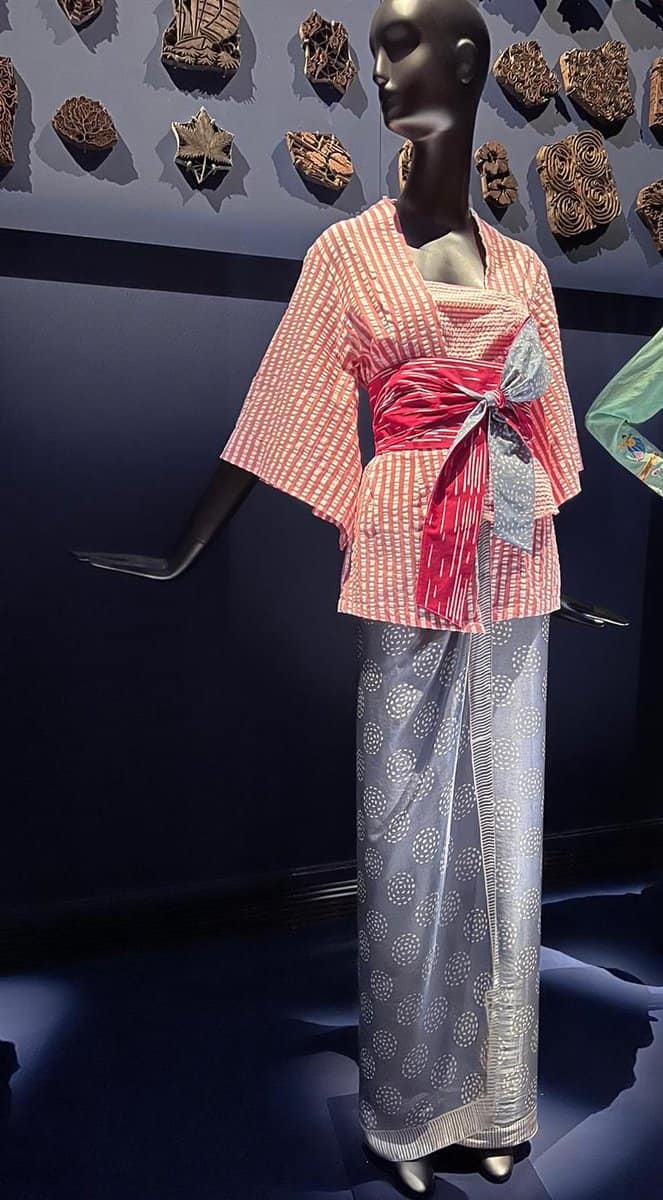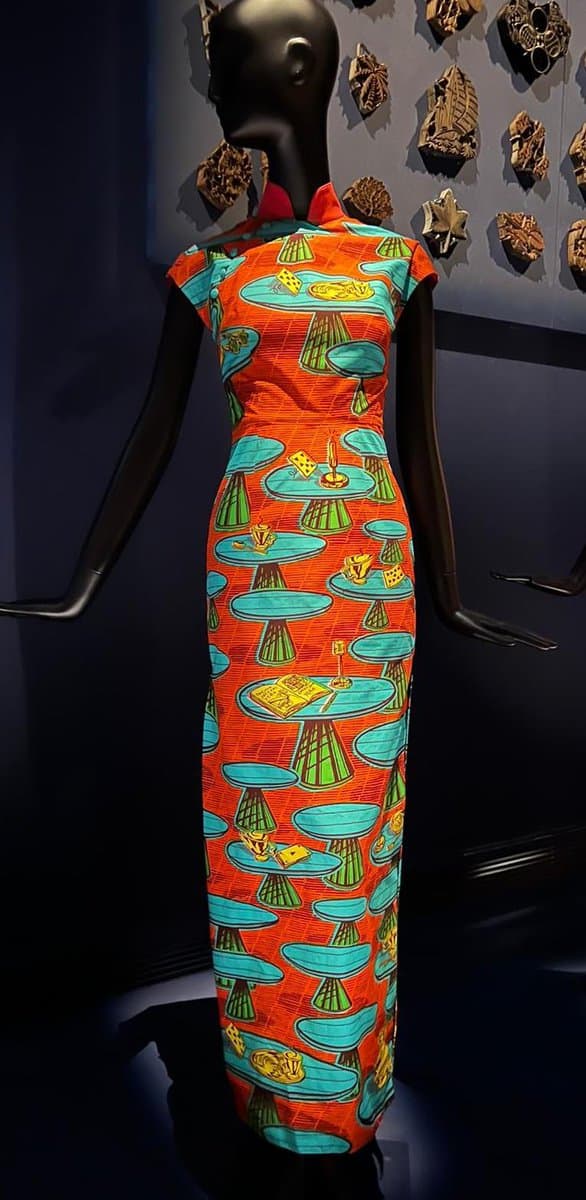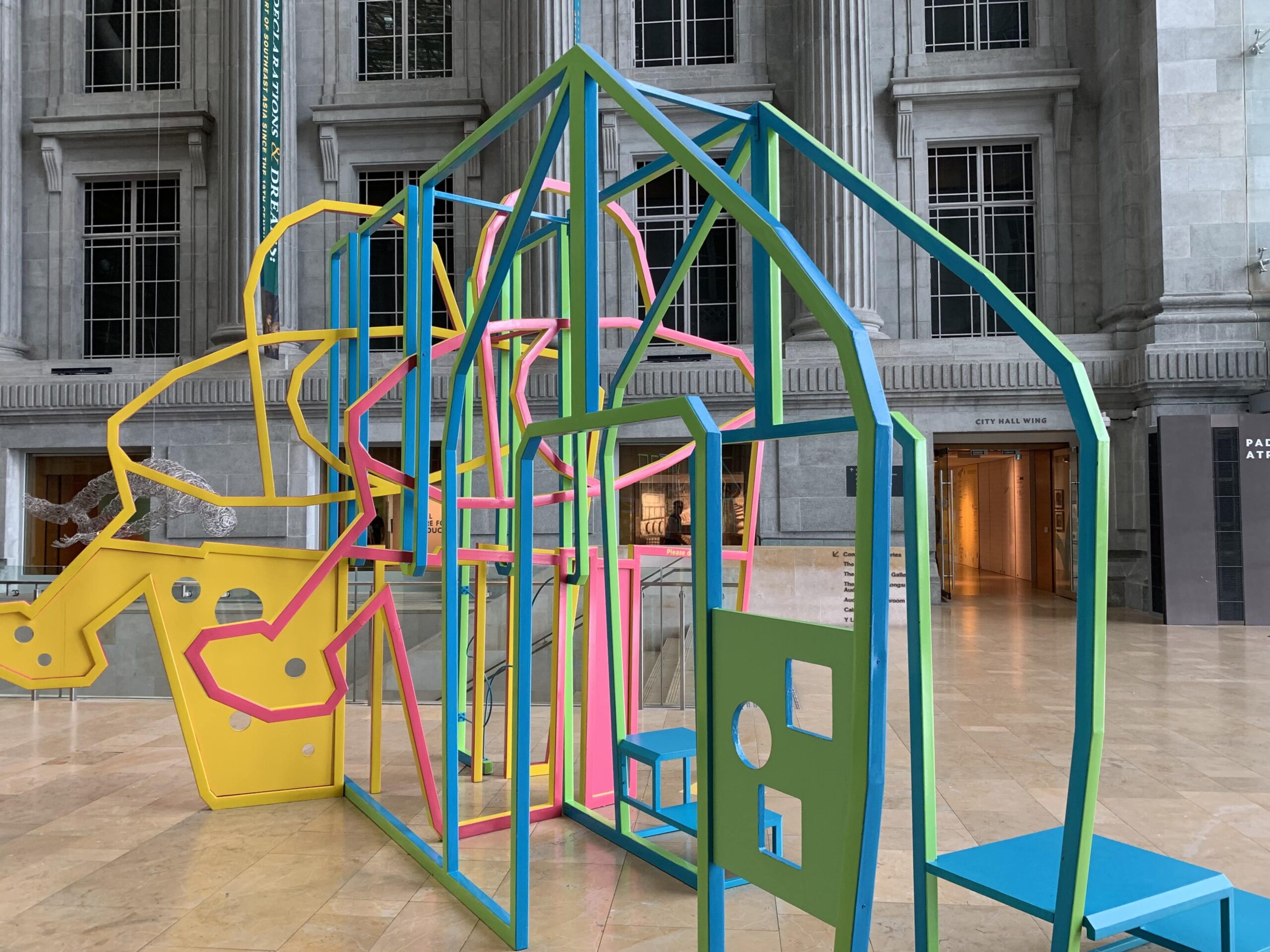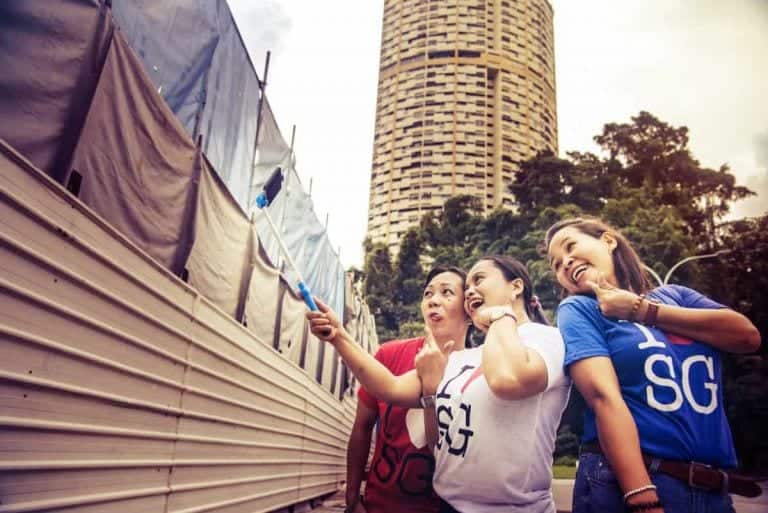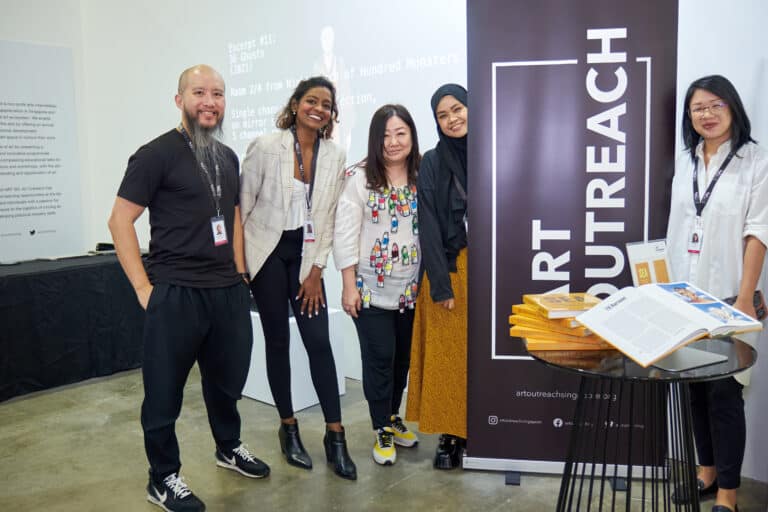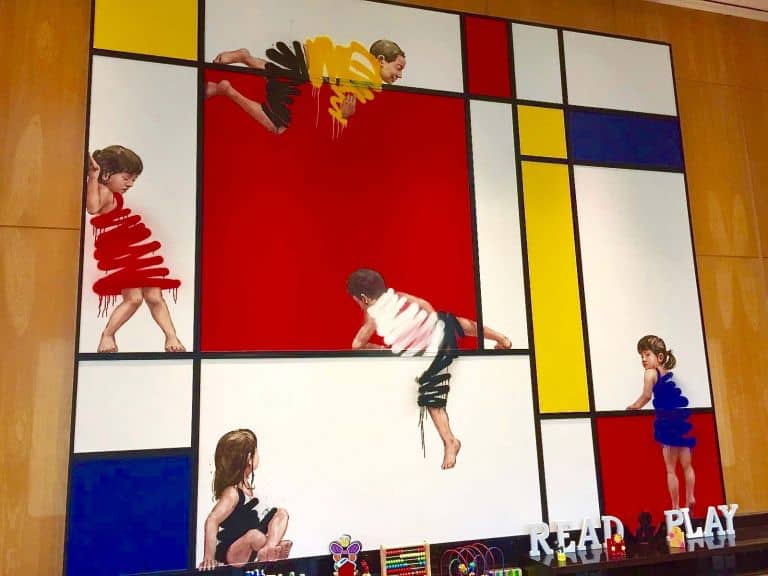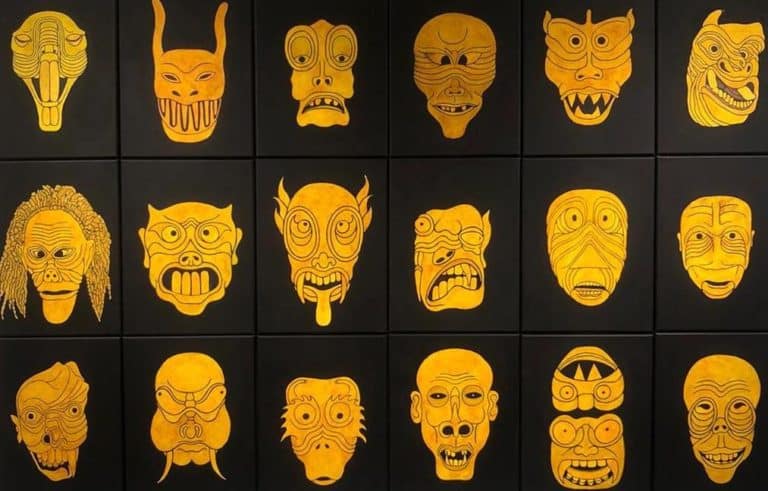Step into the Asian Civilisations Museum (ACM) these days and you might be forgiven if you think you’ve landed in the Victoria and Albert Museum in London or the Musée des Arts décoratifs in Paris.
ACM Director Kennie Ting has been on something of a rampage over the past few years to give textile arts and fashion history a greater prominence in the Singapore arts scene. In 2020, the ACM opened galleries dedicated to the display of jewellery, fashion and textiles. Shows such as the 2019 blockbuster Guo Pei: Chinese Art and Couture and 2021’s#SGFASHIONNOW have pushed the boundaries on what it means for textiles to be considered as works of art and explored how their histories have fed into contemporary culture.
It’s a tough balancing act — on the one hand, contemporise traditional textiles too much and you run the risk of belittling or glossing over their historical importance. But, ignore the young people and their present-day concerns and you’ll end up with a white elephant of an institution — one that appeals to only a select few and with the risk of being doomed to irrelevance.
Needless to say, while Western models of presentation for textile art and fashion are not necessarily definitive of the genre, there is something to be said about how museums such as the Metropolitan Museum of Art in Manhattan have succeeded in highlighting historical and cultural treasures while also imbuing them with modern relevance that’s cool and of-the-minute. Heavenly Bodies: Fashion and the Catholic Imagination is one recent example that comes to mind.
A journey into the past
In its latest show, the ACM continues to try its best to tread the tightrope. In Batik Kita: Dressing in Port Cities, an exhibition which opened on 17 June and runs till 2 October, the museum attempts to explore the rich history and culture of batik and batik-making.
The traditional textiles on display are quite simply, exquisite.

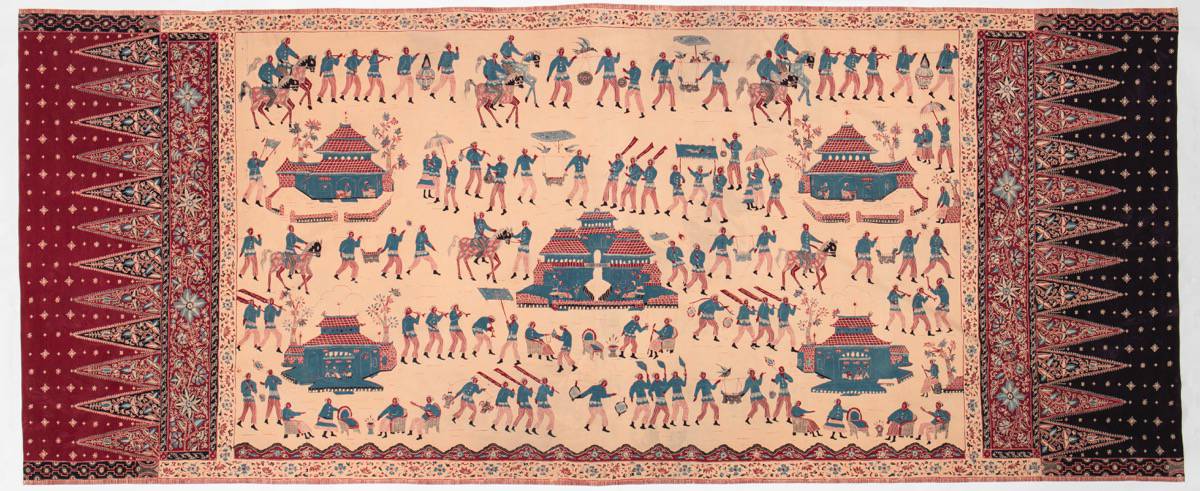
We particularly loved the batik designs on display which incorporated text.

This whimsical early twentieth century batik tulis sarong contains lyrics of a song in the Betawi dialect of Jakarta:
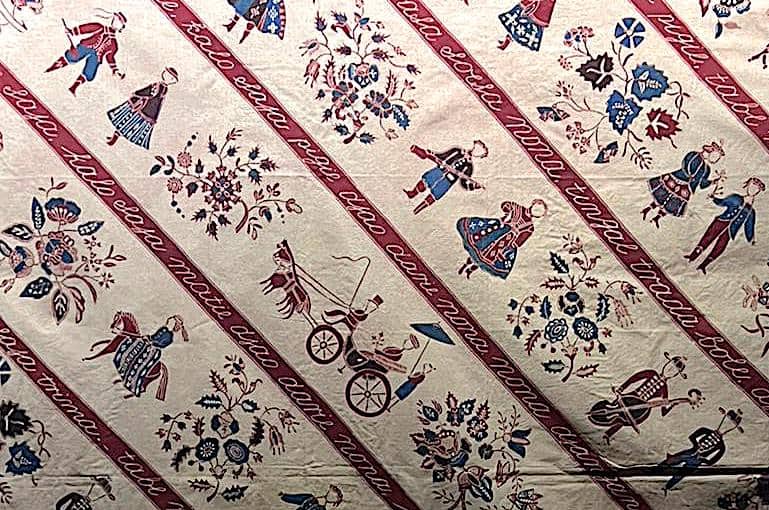
Curated by Lee Chor Lin, the exhibition is very thoughtfully laid out. The historical textiles directly face mannequins modelling more recent fashions, and batik stamps are laid out behind the mannequins’ heads. You feel like you’re nestled in a cosmic conversation between the old and the new, and the whole thing makes you wonder what these pieces of cloth would have seen in their respective lifetimes. What would they say to one another if they could speak — these painted sheaths hung both as works of art and worn as pieces of clothing.
It’s a really lovely immersive experience, heightened by a gently soothing musical soundtrack. Another notable point is the inclusion in the exhibition of wall text in the Malay language. We’ve heard anecdotally from other museums that translated wall text is sometimes provided based on visitor demographics (for example, a high level of PRC visitorship necessitates translation into Mandarin), and so the inclusion of Malay text here feels extra special and significant. It brings home the point that the fabric on display is connected to the community and culture of the Nusantara, and accords respect where it is due. There seems to be less of a concern with mass footfall than a desire to genuinely and sincerely engage with the communities closest to these textiles.
Contemporary concerns – conceptual or curatorial?
It is in the contemporary sections of the show that perhaps more difficult questions are raised. Here, visitors are introduced to the work of contemporary fashion labels and pride of place is given to the work of well-known label BINhouse.
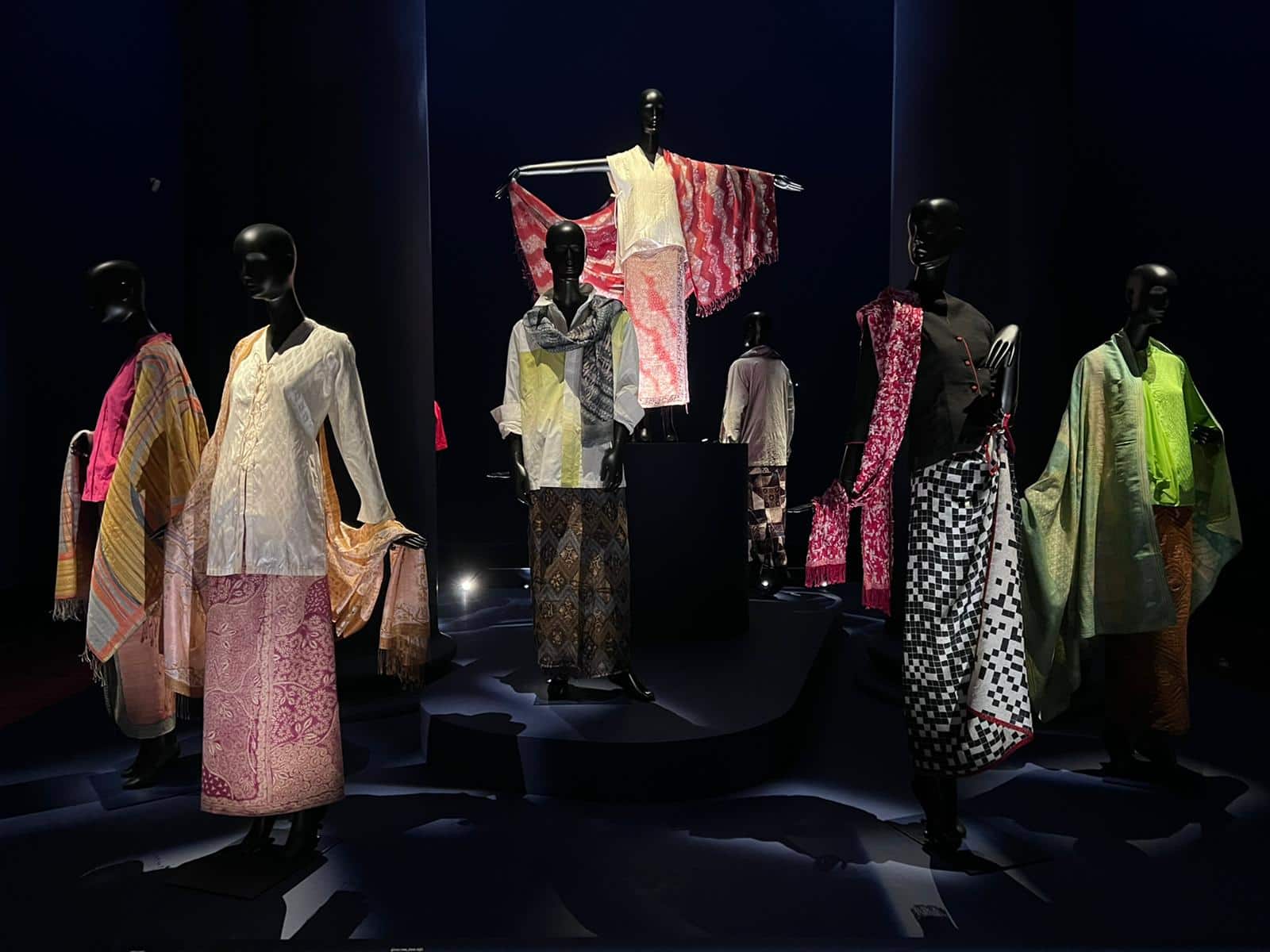
With the inclusion of younger labels such as Baju by Oniatta and Tong Tong Friendship Store, however, one major omission becomes apparent — that of Ong Shunmugam.
Arguably Ong Shunmugam’s level of commercial success over the last decade in bringing batik apparel to the attention of the Singapore contemporary fashion market, is one of the most successful trajectories we’ve observed in recent times. The label is not new to museums as well. In 2012, it collaborated with the National Museum of Singapore for the In The Mood For Cheongsam exhibition, becoming the first womenswear label to retail there. It’s won numerous awards and was even selected in 2012, by the platform Future Fashion Now to show a collection of pieces at Paris Fashion Week. With two physical outlets, a spin-off label carrying homeware, and countless positive media reports and reviews, Ong Shunmugam has clearly done very well with its work in popularising batik fabric. In this context, the label’s omission seems on the face of things like a strange curatorial decision.
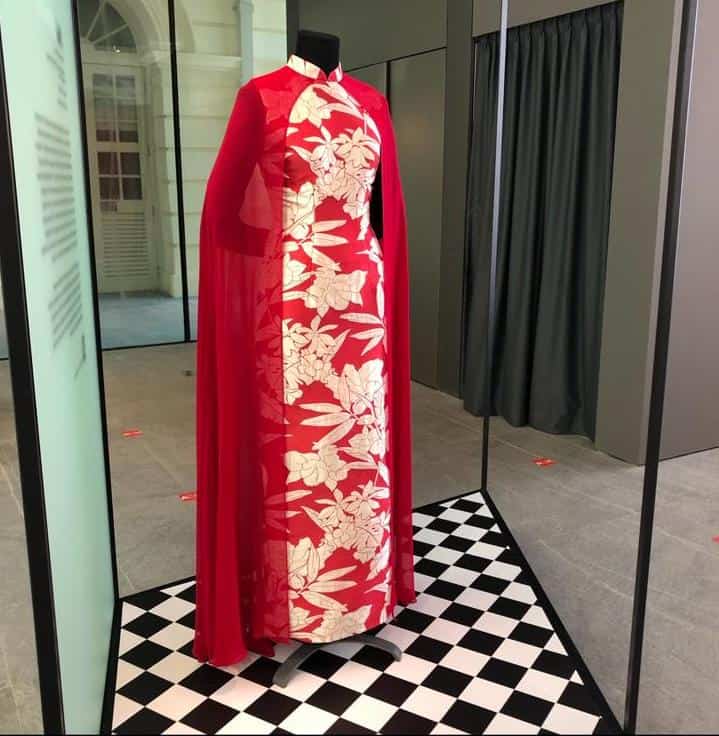
Designer and founder Priscilla Shunmugam however, took a beating earlier this year with her ill-advised and offensive comments during an ACM panel discussion. (If you haven’t heard about the controversy, there’s a good summary here). The internet went wild too, with many commentators demanding for apologies, and a full boycott of her brand.
While cancel culture rightfully evokes feelings of anger at bad behaviour and calls out things which might have been concealed in the past, it can often slide into rather toxic bullying. When is the boundary crossed and how should we make space for genuine repentance and forgiveness? (If you’re interested in reading further, here are a couple of pieces on censorship in art, and the costs of cancel culture as well as a possible way forward).
When asked specifically about Ong Shunmugam’s omission from the exhibition, the ACM did not provide a direct response, instead issuing a general curatorial statement by exhibition curator Lee, which we reproduce in full below:
“The main objective of Batik Kita is to rekindle our relationships here with batik – from when it was the common dress of the multiethnic and syncretic societies in port cities (think nonyas of the various peranakan communities), to the sartorial decision of singling out batik for work clothes (batik shirts for men, sarong-kebaya kotabaru ‘suit’ for women) by our grandparents and parents (depending on how old you are) and the new re-encounters we have with batik, after it is registered as a world heritage by UNESCO in 2008.
The reimagined reproductions of the New Look Dress, the Malay teachers’ batik shirts, the sarong-kebaya with banana leave (sic) batik, are made with newly made batiks, selected to match the old archival photographs of the 1960s. With the talent of Anthony Tan, Max Tan and Claire Leong from the faculty of fashion design in NAFA, we kept as close as possible to the original silhouettes and to capture the spirit of a young generation who was just entering the work force of new Singapore then.
The BINhouse selection of kain, selendang and clothing (shirts and blouses) show the dynamism of Indonesia’s leading batik house, in its mastery of a wide range of Indonesian textile and pattern making techniques, combining batik with weaving, ikat, tie-dye, ikat, embroidery and elements from contemporary fashion trends; in how emotions and historical memories inspired the creations of the Earthquake series; and how wearers are given the freedom of self-expression as BINhouse liberates them from formulaic ways of wearing. And yet, these pieces still illustrate the power of tradition as BINhouse charts its creative path with local knowledge and its passion dedicated to batik.
The MIB, Men in batik. In Southeast Asia, especially in our island world, batik wearing is an expression of our way of regional politics and soft power. We have been very fortunate to have our PMs, past and present, so generously lending their batik shirts to illustrate the art of batik shirts. The two APEC shirts from ESM Goh Chok Tong are historical as they mark the ascendancy of Southeast Asian nations on the world stage. PM Lee’s shirts also show he’s a very savvy MIB. The Sarkasi red-and-white he wore to NDP makes such a great pairing with President Jokowi’s red jacket, as Indonesia and Singapore share the same national colour scheme. For meeting his counterpart from Malaysia, Mr Lee makes it a point to wear Malaysian batik.
Nevertheless, the rich central display of batik pieces from the National Collections, private lenders and the Sonobudoyo Museum is a testament of batik as an art form, a unique sartorial expression, deeply rooted in culture and history. I hope the display also shows that as batik emerges from the depth and diversity of culture, it will journey on for a long time to come.”
The ACM’s refusal to be drawn into a direct response, only raises further questions on the curation of the show, and indeed on curatorial strategies in general. Perhaps it was simply not appropriate to comment on designers who may have been left out of the museum’s selection? Or perhaps Ong Shunmugam while popular, was not found to be a sartorially significant choice? If the omission was rooted in the designer’s personal misstep, however, we would offer the view that the ACM could have taken the opportunity to make a stand on the wider issues at hand — specifically, on how taxpayer-funded art institutions should react to cancel culture and how we should consider the art and contributions of individuals who have displayed problematic behaviour in the past.
Regardless of where you stand on the controversies, one thing is clear: Batik Kita: Dressing in Port Cities offers an innovative and thoroughly modern way of approaching and understanding precious batik fabrics. The textiles are just gorgeous and the show is a delight for the senses. The historical value of the textiles on display in Batik Kita is beyond doubt, and the museum successfully manages to walk the tightrope here by balancing dynamic present-day fashion with magical stories of the past. Does it, however, succeed in navigating the contemporary complications of cancel culture?
The jury’s still out on that one.
________________________________________
Batik Kita: Dressing in Port Cities runs till 2 October at the ACM. Singaporeans & Permanent Residents pay $12, and Foreign Residents & Tourist, $25 for admission.
For a quick primer on how Batik is made, watch our ABCs of Art video series.
